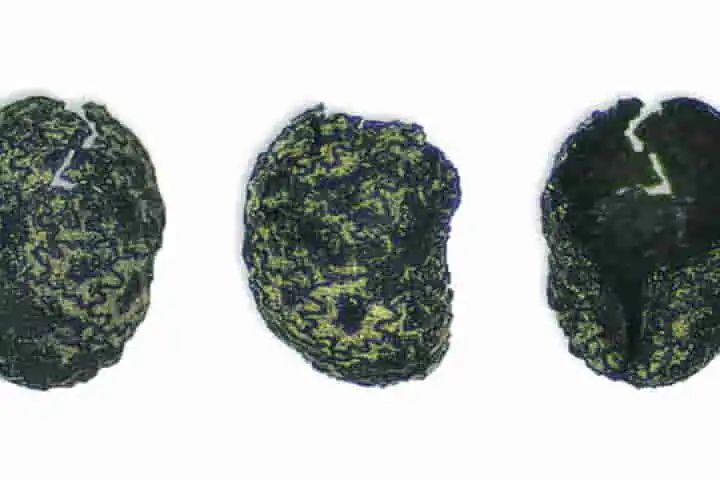Even though there is widespread opposition to the use of tobacco in any form, going by historical evidence the habit seems to have kicked off thousands of years ago. This is what has emerged with the discovery of four charred tobacco seeds by archaeologists, 12,300-year-old, in the mudflats of Utah’s Great Salt Lake Desert.
According to an article in smithsonianmag.com, these were found in an ancient hearth that was once used by the hunter-gathers towards the close of the Pleistocene Epoch, as reported in Live Science. Significantly this discovery pushes back the use of tobacco by humans by 9,000 earlier. Before this the earliest known evidence of tobacco use was found in Alabama — the 3,000-year-old ceramic pipes that had residue of nicotine.
Details of this present study was published in Nature Human Behaviour this month and this could alter the timeline of use of intoxicants by people.
Throwing light on this, Daron Duke, author of the study and an archaeologist at Far Western Anthropological Research Group in Nevada said: “We now know that Indigenous peoples in the Americas have been using tobacco for much of time since they arrived.”
There is a strong connection between tobacco and the history of human beings as it has had significant social and economic impact. It was considered sacred by the ancient Mayans and indigenous people of the United States and with the colonisation of the Americas, it became an integral part of the economy and colonial expansion.
The domestication of the plant took place nearly 8,000 years ago in South America, as per the evidence, states Bruce Bower of Science News. Though how it reached North America is subject of debate as some feel that it was already there before the arrival of the humans, while others claim that migrating populations from South and Central America brought it.
Also read: Siberian dogs reveal secret of ancient trade links between snowy Arctic and the Caspian Sea
The tobacco seeds that were scorched were discovered in 2015 and it is guessed that these came from the mountains or the foothills near the Wishbone hearth archaeological site. Besides the seeds, in the fireplace, the scientists also found more than 2,000 fragments of bone, stone artefacts like tips of spears that must have been used to hunt big animals and charred willow wood. The last was used by the scientists to carbon date the tobacco seeds.
Bone fragments were found to belong to ducks and this according to Science News was because before the present day desert landscape, the region was a marshland and had wetland plants and waterfowl.
Despite the discovery of these seeds, scientists still don’t know how the ancient human beings used the tobacco but they guess that its leaves, stems and other plants were curled together and were either chewed or sucked while the seeds were thrown away.
Also read: Why do humans not have tails – scientists solve the riddle
It is not known yet if the human beings had smoked the tobacco at the Wishbone archaeological site.
Having found this site, now Duke along with his team is determined to discover more such sites in order to draw the timeline for tobacco consumption and what led to its cultivation.
Talking to Live Science, Duke remarked: "People in the past were the ultimate botanists and identified the intoxicant values of tobacco quickly upon arriving in the Americas. We have been working to get Indigenous input about the meaning and importance of the find. This will not only help us understand the find for the common scientific reasons, but also help us learn more about its values to the people whose forebears camped at the site and lived throughout the region."




















